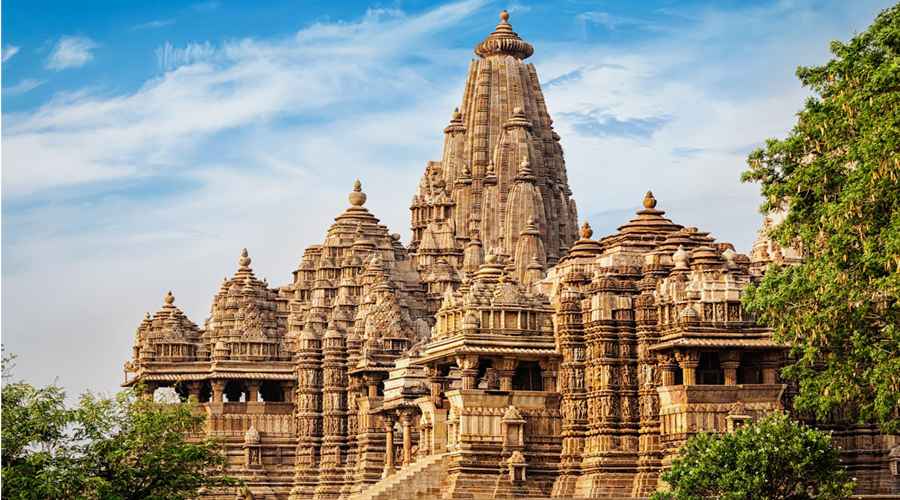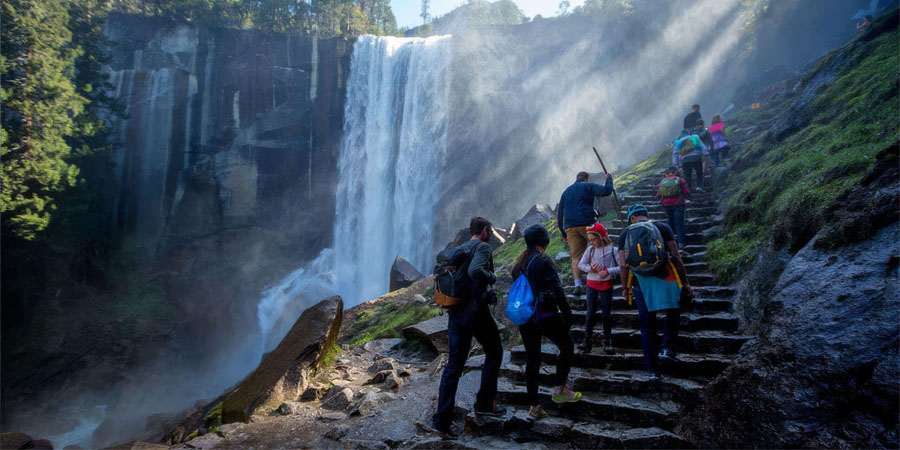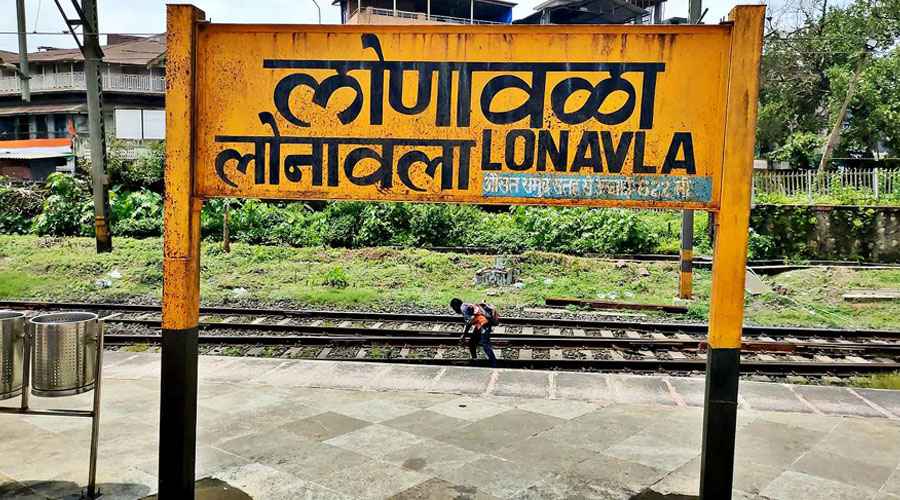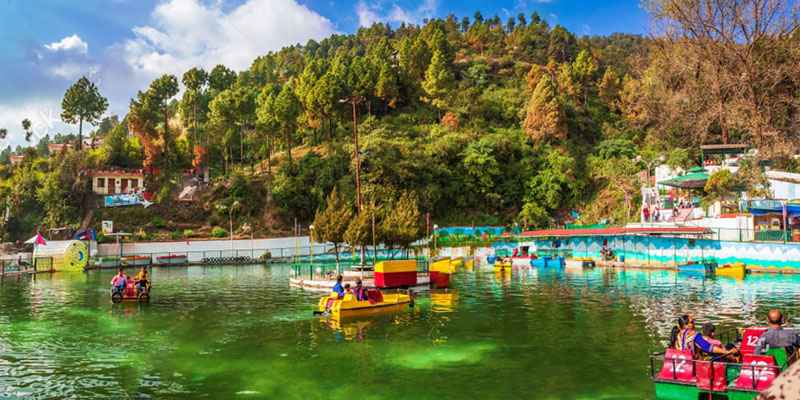India, the land of diverse cultures and traditions, is renowned for its rich heritage of ancient temples. These temples are not only places of worship but also architectural masterpieces, narrators of history, and centers of art and culture for thousands of years. Many of these ancient temples have survived dynasties, natural calamities, and the passage of time, continuing to inspire devotees and history enthusiasts alike.
Here is a detailed exploration of the Top 10 Ancient Temples in India, celebrated for their antiquity, architectural grandeur, and spiritual significance.
1. Mundeshwari Devi Temple, Bihar
Claimed to be the oldest functional Hindu temple in the world, Mundeshwari Devi Temple is located in Kaimur district of Bihar. Dating back to the 4th century during the Gupta period, this temple is dedicated to Goddess Durga (Shakti) and Lord Shiva. The temple has a unique octagonal shape and stands as a symbol of both the rock-cut and structural temple architecture of ancient India. It continues to attract devotees for its historic ambiance and religious significance.
2. Kailasa Temple, Ellora, Maharashtra
A marvel of ancient Indian engineering, the Kailasa Temple at Ellora is the largest monolithic rock-cut temple in the world, dating back to the 8th century under the Rashtrakuta dynasty. Carved entirely out of a single basalt rock, this temple represents Mount Kailash, the abode of Lord Shiva, and showcases elaborate carvings, sculptures, and aerial columns. Each panel narrates stories from Hindu mythology, making it a living epic in stone.
3. Brihadeeswara Temple, Thanjavur, Tamil Nadu
Also known as the Big Temple, the Brihadeeswara Temple is a UNESCO World Heritage site and an outstanding example of Chola architecture from the 11th century. Built by Raja Raja Chola I, this massive temple dedicated to Lord Shiva features one of the tallest temple towers (vimanas) in India, standing 66 meters tall. The temple complex incorporates detailed fresco paintings, enormous Nandi sculptures, and beautifully carved pillars, showcasing the zenith of South Indian Dravidian temple design.
4. Shore Temple, Mahabalipuram, Tamil Nadu
Constructed in the 8th century by the Pallava dynasty, the Shore Temple is the oldest structural stone temple on the Coromandel Coast by the Bay of Bengal. The temple complex houses shrines dedicated to Lord Shiva and Vishnu and is renowned for its elegant Dravidian style along with intricate carvings. Its picturesque location facing the sea adds a mystical charm that draws tourists and pilgrims alike.
5. Dwarkadhish Temple, Dwarka, Gujarat
Dating back over 2,000 years, the Dwarkadhish Temple is dedicated to Lord Krishna and is one of the four sacred Hindu pilgrimage sites called Char Dhams. According to legend, Lord Krishna founded the city of Dwarka here after the Mahabharata war. The temple’s five-storied structure, built of limestone and sand, exhibits grand Chalukya-style architecture with exquisitely carved pillars and spacious halls, making it a centerpiece of devotion and culture on the western coast.
6. Adi Kumbeswarar Temple, Kumbakonam, Tamil Nadu
This ancient temple dedicated to Lord Shiva dates back to the Chola period (7th century). The Adi Kumbeswarar Temple is famed for its exquisite Dravidian architecture, large temple tank, and vibrant festivals such as the Mahamaham, held every 12 years. Its towering gopurams (temple towers) and ornate sculptures clearly illustrate the artistic brilliance of the era.
7. Konark Sun Temple, Odisha
The Konark Sun Temple, built in the 13th century, is a UNESCO World Heritage site known for its chariot-shaped design dedicated to Surya, the Sun God. The temple is famed for its intricate stone carvings depicting mythological tales, animals, dancers, and floral patterns. The massive chariot wheels and horses carved on the walls symbolize the movement of time and the journey of the sun across the sky, serving both religious and astronomical symbolism.
8. Mahabodhi Temple, Bodh Gaya, Bihar
The Mahabodhi Temple is a UNESCO World Heritage site and one of the most sacred Buddhist pilgrimage centers, marking the spot where Lord Buddha attained enlightenment under the Bodhi Tree. Initially constructed in the 3rd century BCE and rebuilt over centuries, the temple complex features the majestic central stupa, elegant stupas, and beautifully carved terraces. Its spiritual and historical significance makes it a beacon for Buddhists worldwide.
9. Virupaksha Temple, Hampi, Karnataka
Nestled in the ruins of the Vijayanagara Empire, the Virupaksha Temple dates back to the 7th century and is still an active site of worship. Dedicated to Lord Shiva, it captivates visitors with its towering gopuram, extensive pillared halls, and intricately decorated corridors. Amid the scenic backdrop of Hampi, the temple exemplifies Dravidian architecture and the cultural prowess of the Vijayanagara dynasty.
10. Airavatesvara Temple, Darasuram, Tamil Nadu
Another UNESCO World Heritage site, the Airavatesvara Temple was built in the 12th century by Rajaraja Chola II. Dedicated to Lord Shiva, this temple is famed for its exquisite stone carvings, musical pillars, and rich iconography. It belongs to the group of Chola temples known as the “Great Living Chola Temples,” which include the Brihadeeswara Temple and Gangaikonda Cholapuram, celebrating one of the grandest temple-building traditions in India.
Conclusion
India’s ancient temples are far more than just architectural wonders; they are repositories of art, culture, faith, and history that span centuries. These ten temples represent just a fraction of the country’s vast heritage but are indispensable landmarks that offer insights into ancient civilizations, religious practices, and artistic innovations. For travellers, historians, and devotees, these temples provide timeless spiritual experiences and a glimpse into India’s divine and enduring legacy.
Visiting these temples is like traversing epochs — where every stone narrates stories of gods, kings, and sculptors who shaped India’s extraordinary past and whose influence continues to resonate today.




